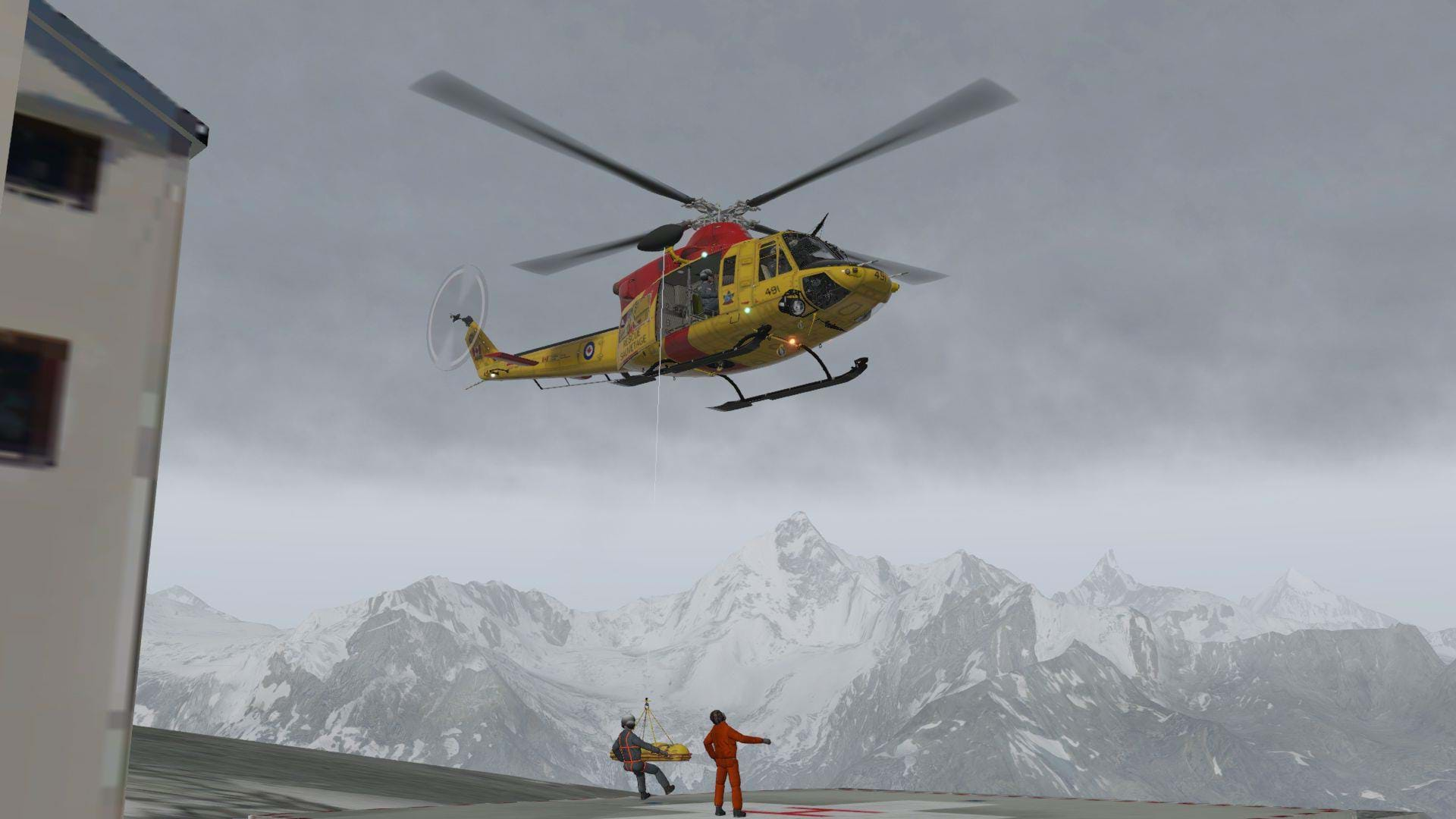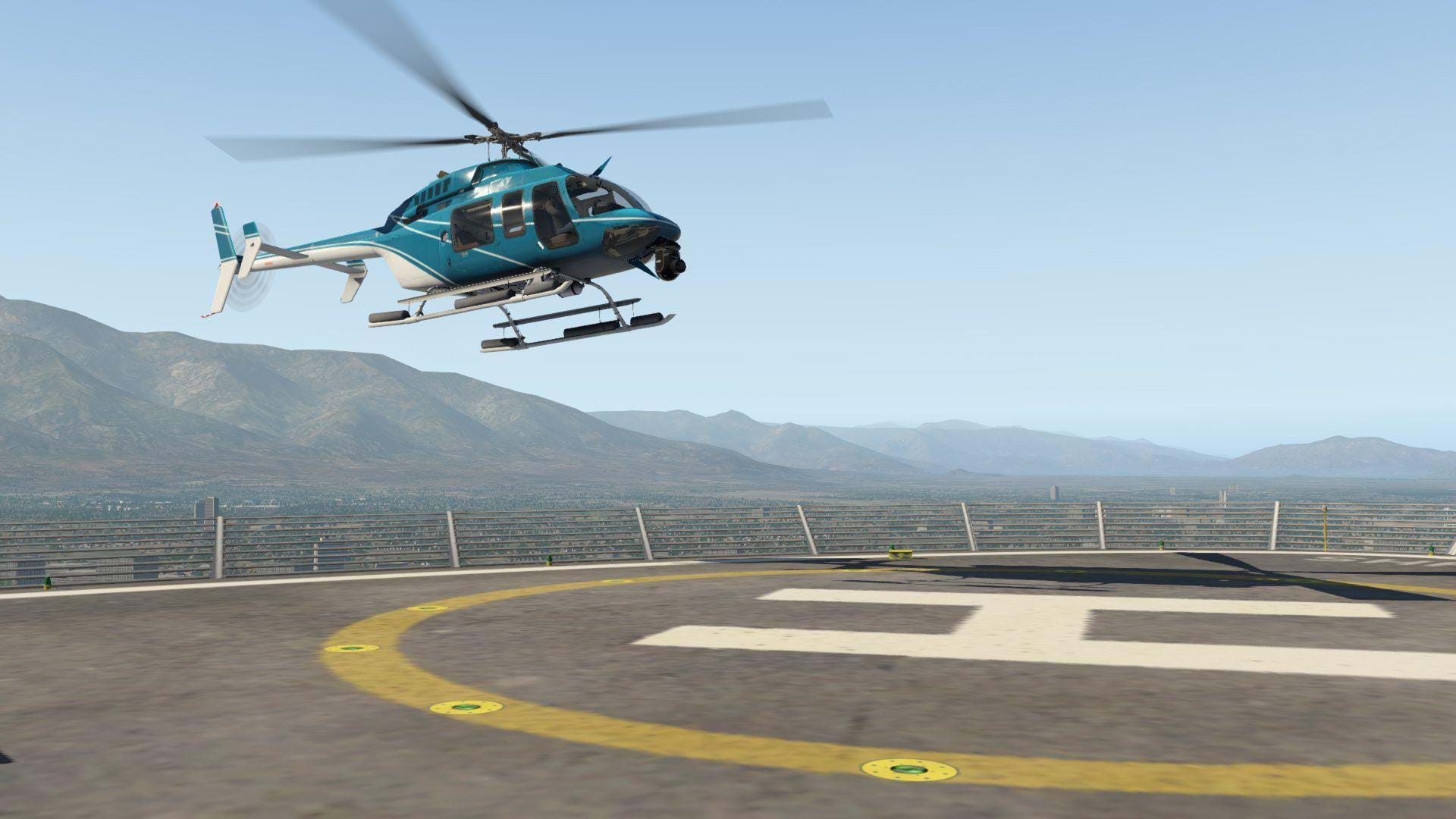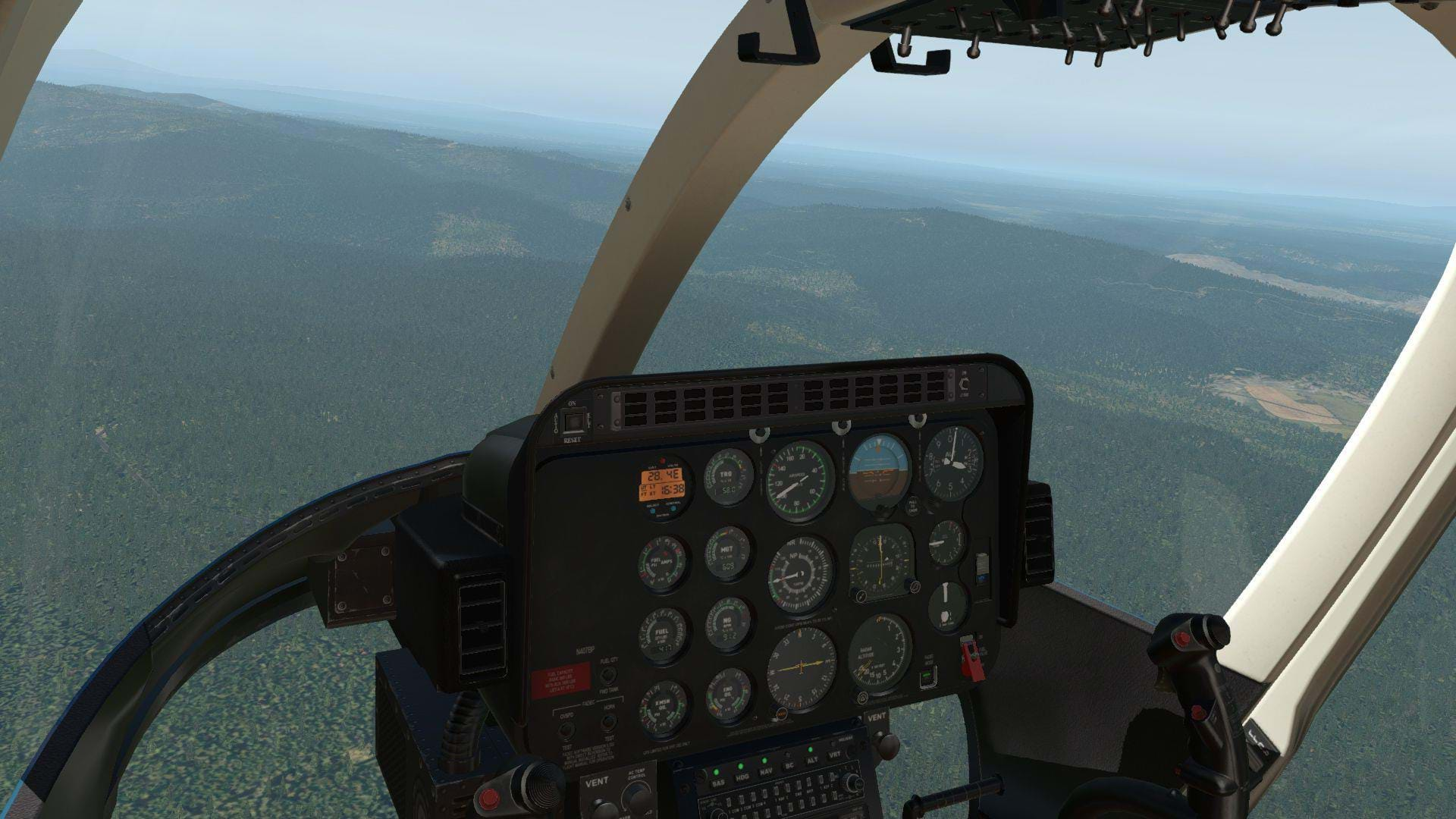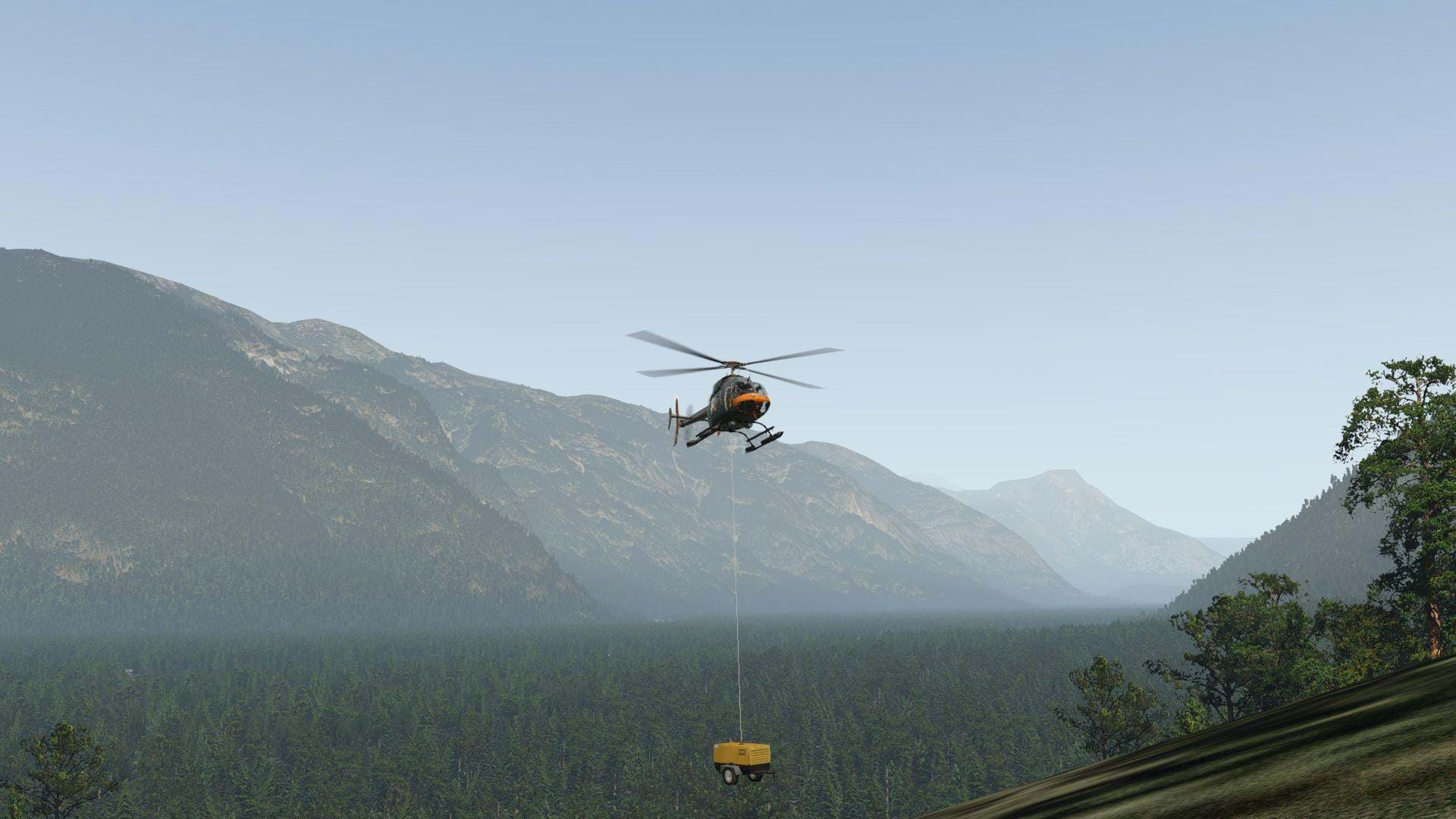Ironically, this article is written to motivate myself to get into the books, continuing to review differences training for the Chinook. The current CH-47F Chinook, which is in some cases, is more digital than anything else – incorporates updates like a computer program. The version I trained on was the 8.5 version. The new version, 9.2.2 binder is sitting nearby staring at me as I write this.
I write this less so for simulator pilots who pursue this hobby purely as a past time and admit its more targeted to those of us that try to incorporate simulation into an augmented tool to help train and maintain select proficiencies. But I feel it genuinely has value and merit even to hobby simmers that just enjoy reading about helicopters.
I heard a phrase once that stated, “the difference between an amateur and a professional is that an amateur practices something until they get it right, the professional is the one who practices until they don’t get it wrong.”
Mastery in any given task is a long road. Often its arduous, scattered with frustration and brief moments of elation. But generally, its often driven by the individual who is constantly reflecting on what they did correctly, what they did incorrectly and how they can do it better.
It’s a road that is often scattered with failed attempts, botched successes and (fleeting) moments of absolute brilliance. I won’t lie to you – when I was a kid, I was a loner. I didn’t have a lot of friends and I didn’t garner any positive or negative attention amongst my peers.
So, I spent a lot of my time drawing. I became decent at it, even doing some contract work for meager pay. But my true love and my true passion was, and always has been, flying; the magic has never diminished.
I got asked the question, “Why don’t you go become an artist?” And the thought always entertained me. Yet, I never had the drive, the desire to pursue art as a career. I learned that when I was on a contract schedule, I didn’t want to draw.
During my off time, I didn’t want to even look at my board or pens. Aviation was different (if it’s not obvious), all my time is consumed by it. I go to work and am immersed by it and then go home and work on several projects for HeliSimmer [note by Sérgio: “And I can’t thank you enough for doing it, Jeff. Thank you.”] or just putt around the simulator for my own entertainment.
Even at its most frustrating moments, I still come back for more. After a particularly difficult flight, exhausted and worn out, I said to my instructor pilot (and good friend), “It always seems like this is an uphill battle. Does it ever get any easier?”
This guy had been in the Army for 18 years and had done and seen most everything it offered, looked at me, smiled and said, “I told my wife once that I had never wanted to be so good at something I was terrible at and, it does get better.” My road to mastery continues.
This is where the phrase, “Mind the gap” really matters. Its easy as a pilot, once certified, to fall into a common habit of just doing things the way they’ve always been. Often, its not uncommon that, after a particularly rigorous period of demanding training, to relax a bit and just enjoy flying without being much too concerned about the minutiae.
The problem arises that as we continue through-out our careers, it gets easier and easier to cut little corners and take short cuts that help us achieve the same goal but at a lesser cost. But what is the real cost of doing this? A widening of the the gap – that’s what.
In flying there is a definitive gap that is ever-changing. The gap spans that space when examined flight (either a check ride or progression schedule at a corporate job) ends after a pilot gains a Pilot in Command rating to the next period of examination. The void that this gap encompasses, from one precipice to the next, varies dependent on several factors. Experience, judgement, maturity, training, muscle memory and crew recency all factor into how wide this gap expands.
A pilot that flies regularly with more experienced crew members, will often attempt to maintain precision skills to a higher degree than one who commonly flies with equal or lesser experienced crew members.
Additionally, if the pilot is the kind of person who always attempts to maintain precision altitudes and air speeds, or those limits mirror a company policy, then that skill set will deteriorate at a slower pace. Versus the pilot who often flies alone, unsupervised and in dynamic environments; it will be much easier to fall into the gap of taking shortcuts, making judgement errors and accepting un-necessary risks.
This is the problem that we, as simulator pilots can easily fall into. If the pilot is strictly a simulator pilot, then there likely has not been a structured criterion of instruction. If the simulator pilot is a real pilot, then there is the possibility that the pilot will start to develop bad habits in simulator flying, cutting corners because there are no negative reprisals for doing-so. This gap serves as a threat to real pilots and serves as a dangerous pot-hole on the road to mastery.
Yet, I praise the simulator community from the observations I’ve noticed in several years of being involved with it. Often, those of you that do this purely as hobby, still seek out the “correct way,” the real way of conducting operations.
Aviation as an industry, where millions of dollars of helicopter and lives are at stake, often is filled with standard operating procedures and regulation which at times, can become tedious for people flying the mission. I’ve been asked by friends on several occasions, “How do you guys really do this? Or how is this task performed?” And at first it was confusing.
I would think, “The way we do that is a pain in the butt, why would you really want to mimic how that task is performed?” But then I remember back to when I was learning, long before I started flying real helicopters and what I witnessed was success. Successful performance of maneuvers, successful completion of tasks that were to me, bewildering. I also wanted to know how those tasks were done in real life because, if I could mimic it and follow those procedures, I would also be able to successfully fly a simulated helicopter.
I had fallen into a community that was, in some ways, more concerned about minutia than the community I work for. Often, Army pilots see flying as a way to get a job (or mission) accomplished. They go to work, do what’s necessary for passing annual check rides and getting the every-day job accomplished.
Often, the every-day tasks really make it difficult for them to focus solely on the task of being a better aviator; it’s simply too busy. But one aspect I’ve always respected about Army aviation is the dedication to knowledge. We memorize limits, emergency procedures and specific task standards, even information that would make some civilian pilots scratch their heads. Yet, even in that environment the danger is there – the danger to forget about the gap.
The danger of getting too busy or too complacent in common-day tasks that could eventually exceed the distance where luck and experience compensate for transgressions in procedure. Those are the days where the take-off shouldn’t have happened because the landing is often not successful.
That’s my challenge to the simulator community!
Whether a hobby, sim pilot without a lick of formal training or a rated-pilot that uses sims for procedural training and fun, challenge yourself.
Mind the gap, figure out new procedures or plan a flight that is based off actual conditions. I know several local FBO’s (fixed-based operators) stationed at local airports often just recycle or send old aviation charts (Sectionals and IFR Low enroute charts) back to the manufacturers.
Swing in there and see if they will give you expired copies. Also, there are some great online flight planning softwares available for free. Skyvector is one resource out of many that will allow you to plan a route for a flight and then fly it in the simulator. Learn how to complete a Time/Distance, heading card (the Airman’s Information Manual shows detailed instructions on how to do that) then, see how accurate you can fly it on the simulator.
Challenge yourself to learn the limits, start-up procedure and emergency procedures for a helicopter type and then plan a flight where you do everything “by the book” as if you were walking out to the helicopter and starting it for real.
When I started flying, I decided that I wanted to do it professionally but also, just for fun. I knew I wanted to master it. I also want to make sure I don’t end up as an unfortunate crash statistic and lessons learned story.
I know we never encounter those dangers in a desktop simulator (unless our CPU catches fire) but continue to challenge yourself to get better everyday. Even if you’ll never sit behind a set of helicopter flight controls, that’s okay – I’ve met plenty of sim pilots that were exceedingly professional and only couldn’t fly because of medical issues or financial constraints, but I would love to hop in the cockpit with them nevertheless.
Most of all, have fun! Thankfully, we have a great resource such as HeliSimmer where we can share knowledge, ask questions, help each other learn and – mind the gap.











